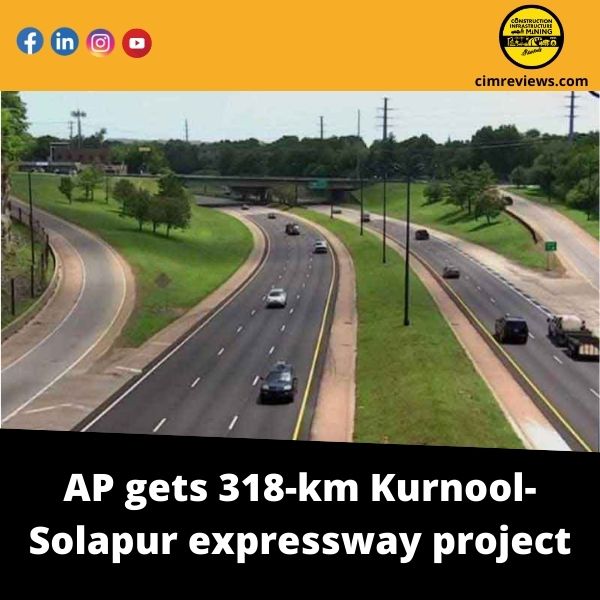
The Puri Heritage Corridor Project, spearheaded by the BJD-led Odisha government, has sparked a significant controversy. The Archaeological Survey of India (ASI) has added gasoline to the fire by submitting an affidavit indicating that the continuing building activity without proper permission is likely to have caused significant damage to the famed Jagannath temple.
Puri Heritage Corridor Project Information
Chief Minister Naveen Patnaik, along with Puri’s titular monarch Gajapati Dibya Singha Deb, lay the groundwork for the ambitious Puri Heritage Corridor Project, which aims to enhance the town’s status to that of an international heritage site. The project’s blueprint also included extensive reconstruction of the town and the renowned Jagannath Temple. After the state assembly unanimously passed a resolution for the project, the Shree Jagannath Temple Administration (SJTA) approved the architectural design plan for the project at an estimated cost of Rs 3,200 crore.
A total of 22 projects, including the Shree Jagannath Temple Administration (SJTA) building redevelopment, a 600-capacity Srimandir reception centre, the Jagannath cultural centre, which includes the Raghunandan library, an integrated command and control centre, the Badadanda heritage streetscape, and the Srimandir amenities improvement, are scheduled to be completed in phases.
After an initial sanction of Rs 800 crore, the Odisha government’s Augmentation of Basic Amenities and Development of Heritage and Architecture in Puri (ABADHA) scheme would receive another Rs 265 crore in the first phase.
Previously, an affidavid was filed in the Orisaa High Court in response to a Public Interest Litigation (PIL) citing concerns over ongoing construction activity near the temple complex. Several independent organisations, including the Puri Lawyers Association and civil society activists, have expressed worries over the structural stability of the 12th-century monument as JCB machines dig up the area, which is well inside the Jagannath Temple’s 75-metre radius.
The BJP chastised the Naveen Patnaik-led BJD government for carrying out the ambitious project without necessary approval. Several BJP officials spoke out against the ‘illegal’ building activities, including national spokesperson Sambit Patra and BJP MP Aparajita Sarangi.
The dispute erupted after state government officials and the Archaeological Survey of India (ASI) collaborated on a joint operation. Following the survey, the central authority in charge of conserving the country’s archaelogical treasures stated that the continuing building work lacked the necessary clearance from competent authorities and that the operations could jeopardise the structural safety of the ancient temple.
What did the ASI affidavid have to say?
The Ancient Monuments and Archaeological Sites and Remains (Amendment and Validation) Act sets a limitation on construction operations within 100 metres of a monument’s perimeter unless approved by the National Monuments Authority (NMA).
The conflict arose after officials from the state administration and the Archaeological Survey of India (ASI) engaged on a combined effort. Following the survey, the central authority in charge of safeguarding the country’s archaelogical treasures stated that the ongoing construction work lacked the appropriate clearance from competent authorities and that the operations could jeopardise the ancient temple’s structural safety.
What did the ASI affidavid have to say about this?
The Ancient Monuments and Archaeological Sites and Remains (Amendment and Validation) Act prohibits construction within 100 metres of a monument’s perimeter unless allowed by the National Monuments Authority (NMA).

.jpg)
.jpg)
.jpg)
.jpg)

.jpg)
.jpg)
.jpg)

.jpg)
.jpg)
.jpg)





